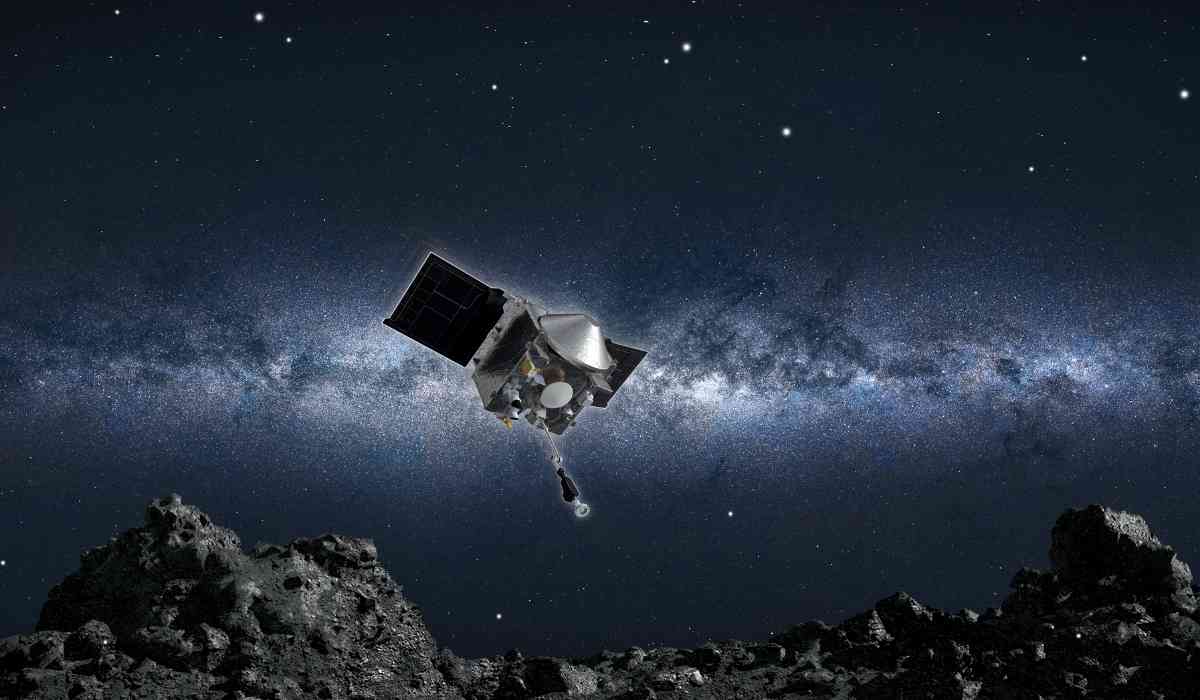After seven long years, NASA's OSIRIS-REx spacecraft is on the cusp of completing its historic mission to gather materials from the asteroid Bennu. On September 24, the spacecraft will perform a close Earth flyby to drop off a capsule containing precious asteroid material collected in October 2020. This marks the United States' first asteroid sample return mission, and the quantity of asteroid material on board surpasses previous missions significantly.
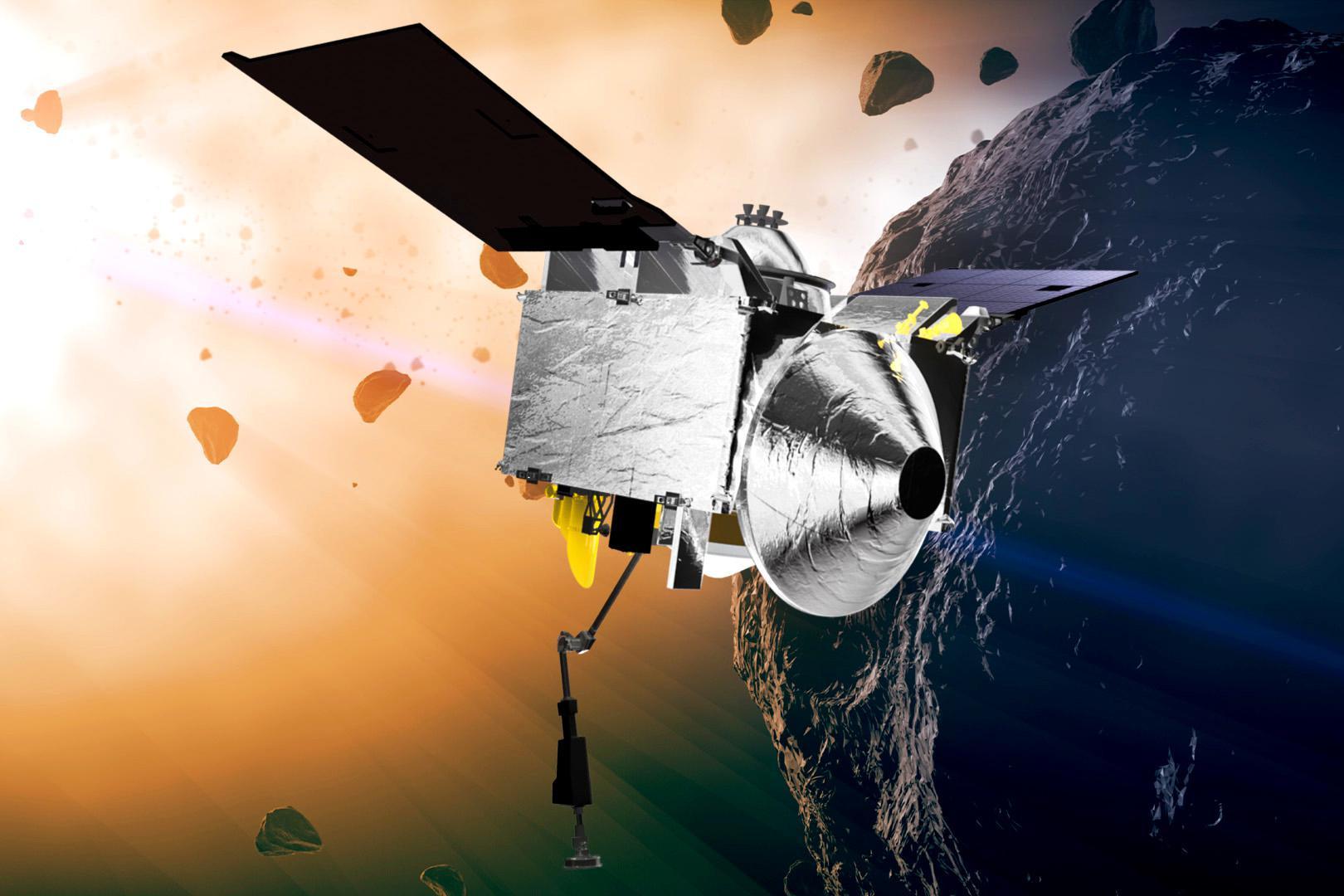
Astronomical Delivery Precision
The OSIRIS-REx mission has meticulously planned the delivery of the Bennu sample. The capsule is set to enter Earth's atmosphere at 10:42 a.m. EDT, followed by a controlled descent and parachute deployment, ultimately landing at Hill Air Force Base in Utah. NASA will provide live coverage of this exciting event on its website.
The importance of this mission extends beyond the sheer volume of asteroid material. Scientists anticipate that the Bennu sample could offer critical insights into the formation of our solar system, the threat posed by near-Earth asteroids, and even the origins of life itself.
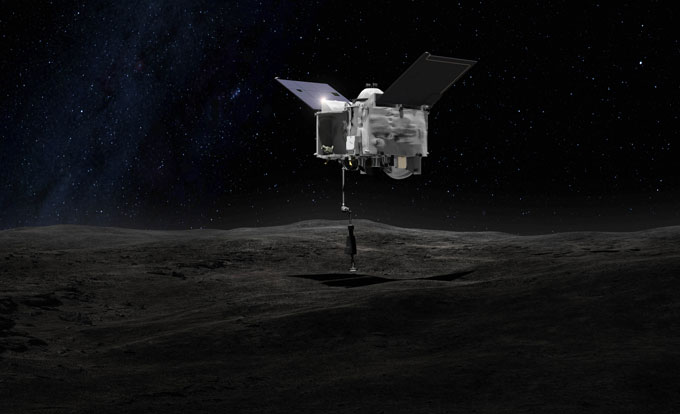
Unlocking the Secrets of Bennu
Planetary scientist Dante Lauretta, who leads the OSIRIS-REx mission, is eager to explore whether carbon-rich asteroids like Bennu could have played a role in delivering the building blocks of life to Earth. They hope to uncover organic molecules like amino acids and nucleic acids within the collected rocks and dust.
The 250-gram asteroid sample, while not massive, exceeds expectations and opens up exciting research opportunities. Lauretta's team will retain a quarter of the sample for their own investigations, while the remainder will be shared with scientists worldwide.
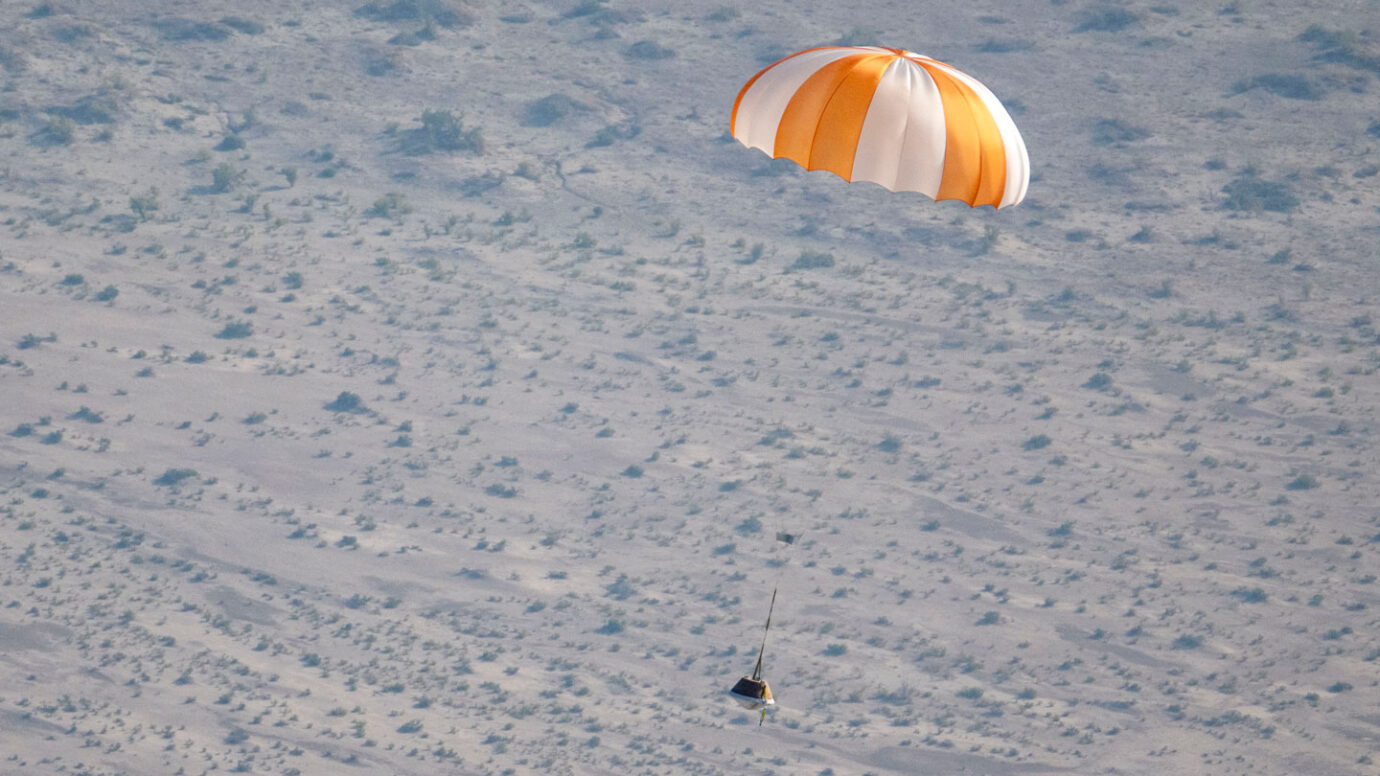
Recipe for an Asteroid
Beyond its immediate scientific value, researchers envision a broader range of applications for the Bennu material. Physicist Mikael Granvik explores the potential for mining asteroids for essential resources needed for future space missions. Additionally, Granvik's research could shed light on the behaviour of space rocks, especially those prone to disintegration when approaching the Sun.
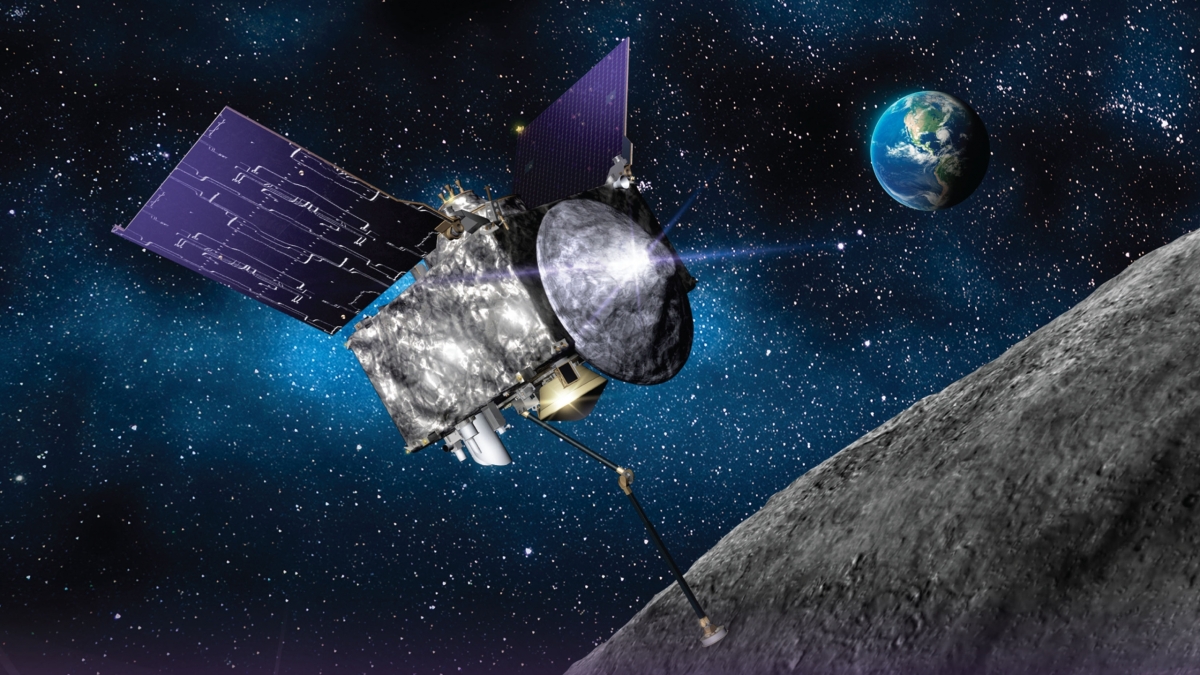
Stories Bennu Can Tell: Insights into Our Solar System's History
Planetary scientist Jessica Sunshine sees asteroid sample return missions as opportunities to unravel the secrets of our solar system's formation. She aims to understand the processes that led to the creation of life and how near-Earth asteroids can pose both a potential source and threat to life on Earth. Sunshine also contributed to the DART mission, which aims to test the possibility of altering an asteroid's course to avert a potential collision with our planet.
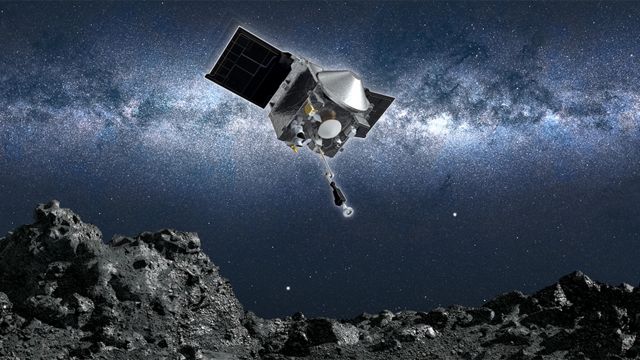
A Multi-Asteroid Surprise?
Astronomer Humberto Campins suggests that the Bennu sample might contain surprises beyond its origin. Some reflective boulders on Bennu do not match the rest of the dark asteroid, possibly indicating collisions with other asteroids. This raises the tantalizing possibility of the sample containing materials from multiple celestial bodies, including the asteroid Vesta.

Next Stop: Asteroid Apophis
While the OSIRIS-REx mission concludes with the delivery of the Bennu sample to Utah, the spacecraft's journey is far from over. It will execute a deflection manoeuvre and set its course for another asteroid, Apophis, expected to arrive in April 2029. This marks the transition to OSIRIS-APEX, though it won't bring more samples back to Earth. Unlike conventional delivery trucks, OSIRIS-REx was designed for a single delivery, and after this mission, its delivery days will come to an end.
© Copyright 2023. All Rights Reserved Powered by Vygr Media.

